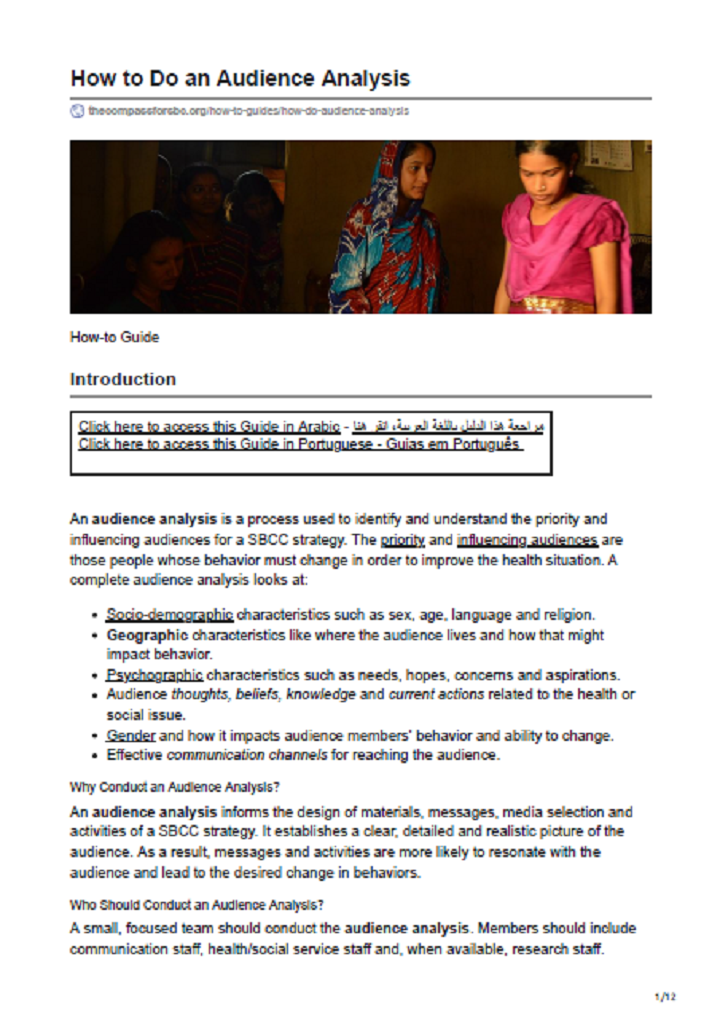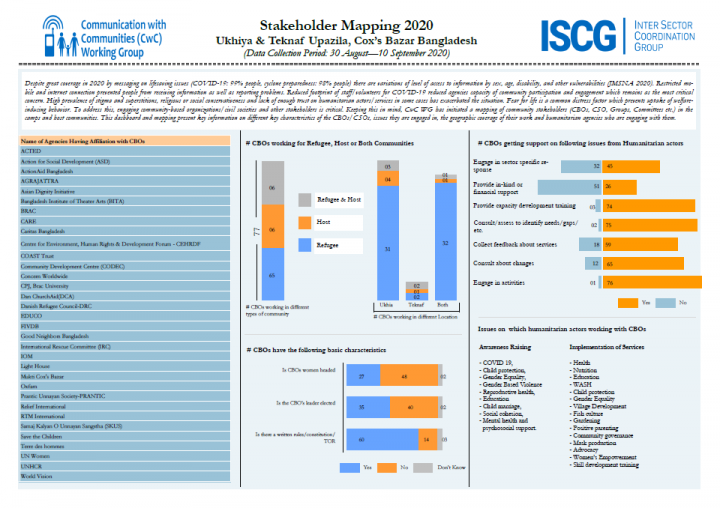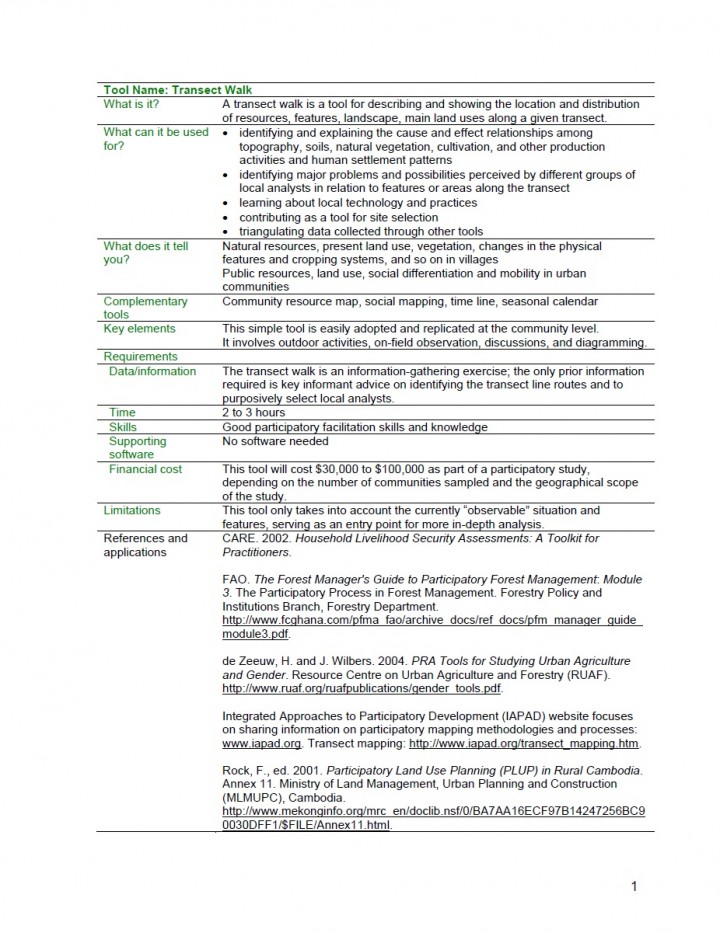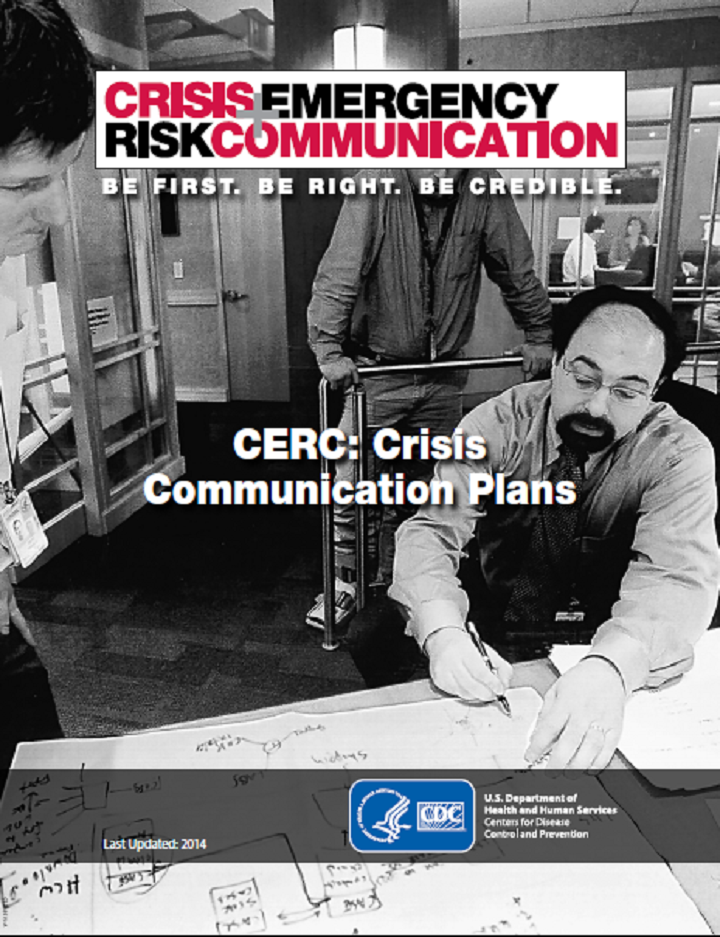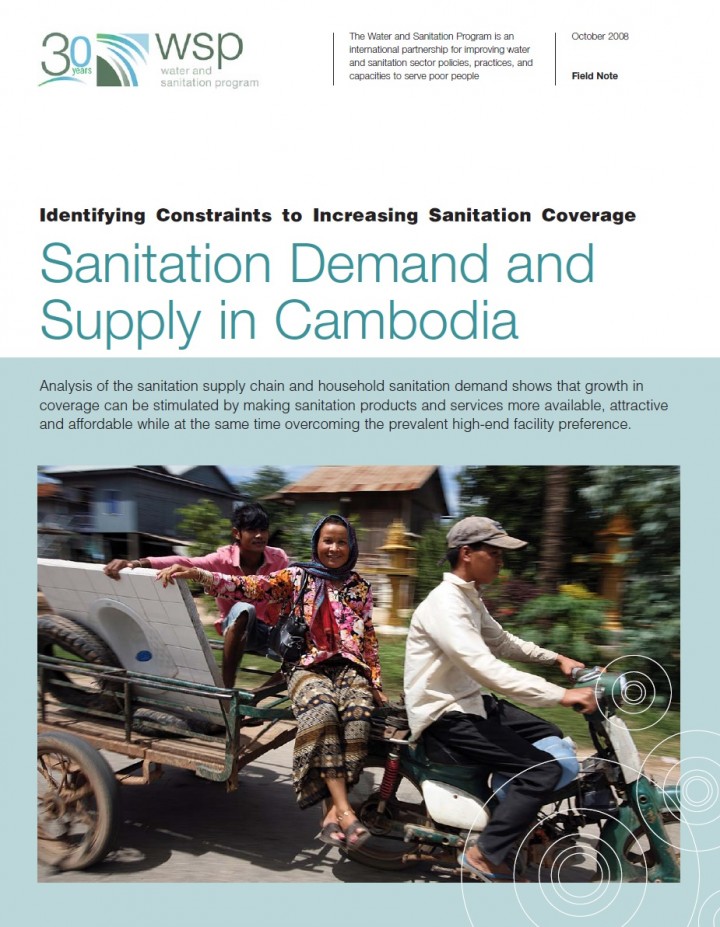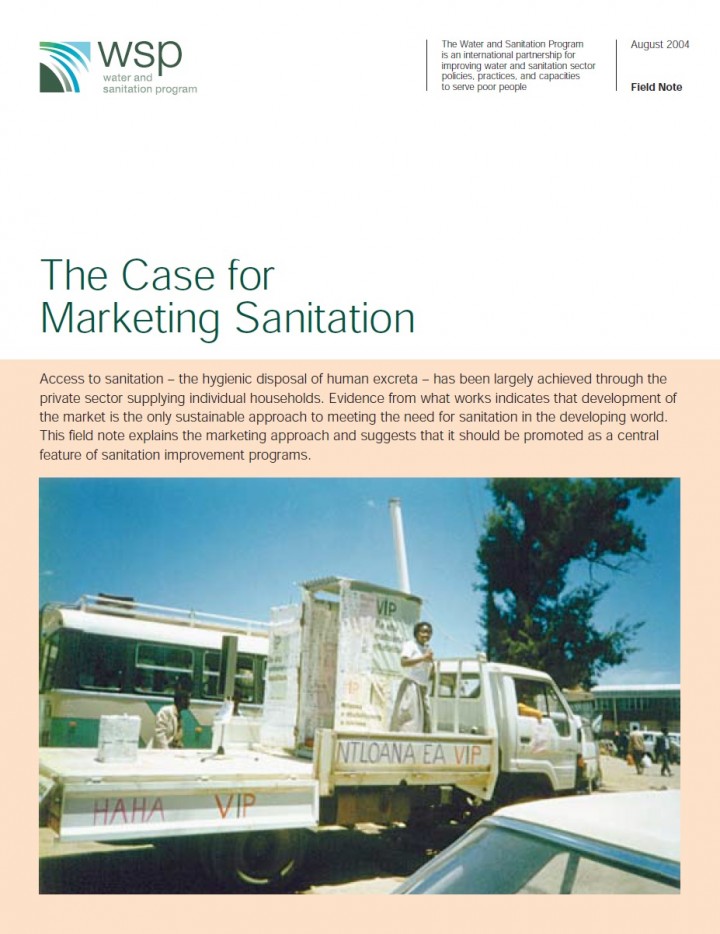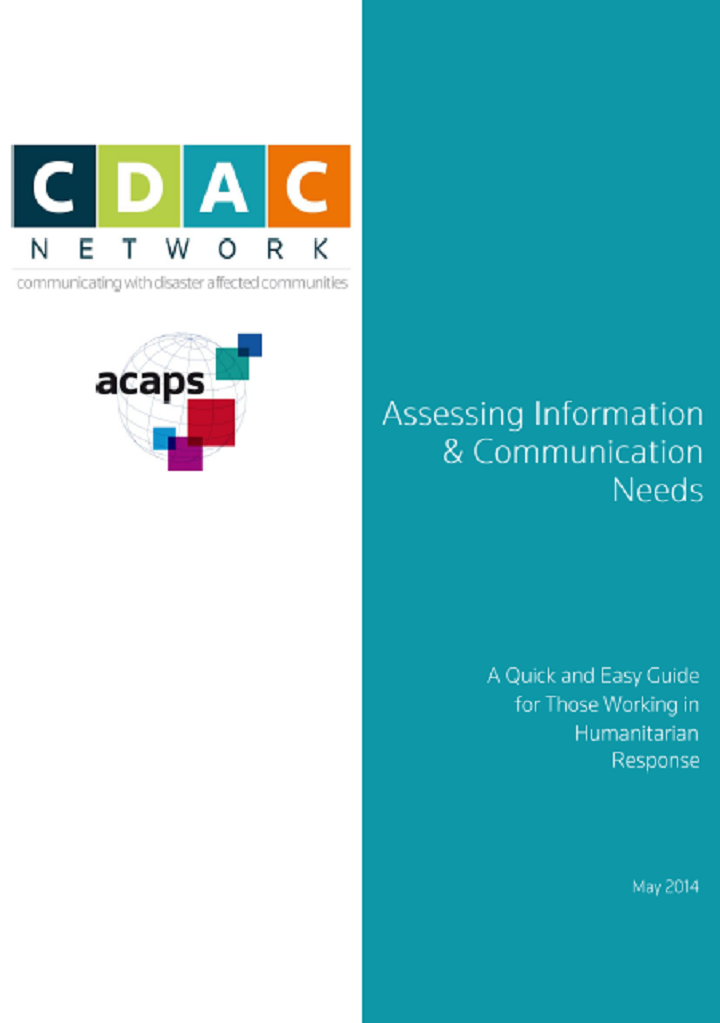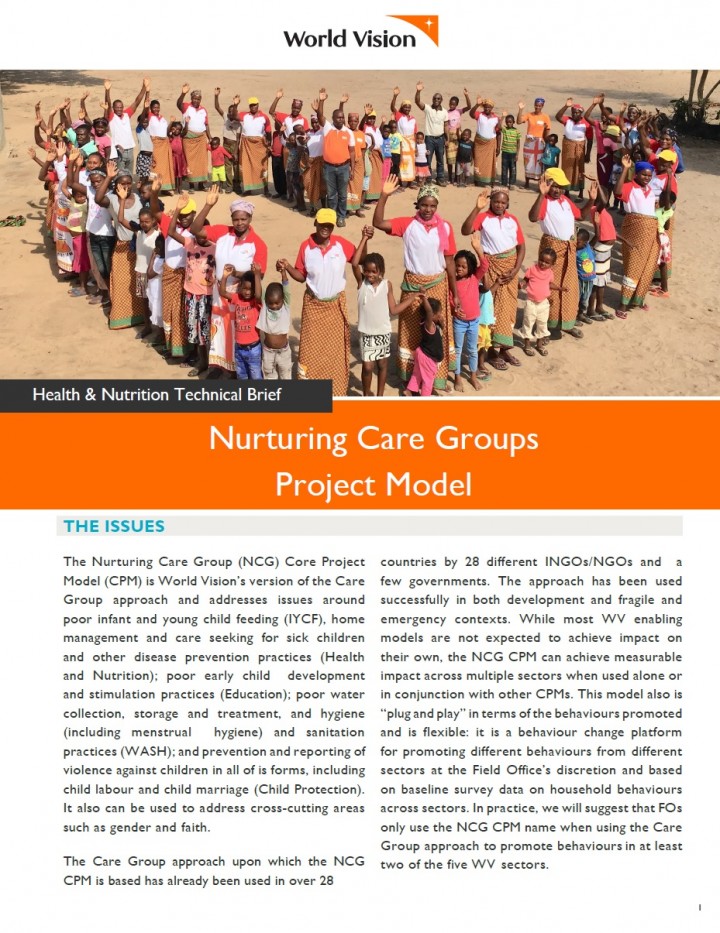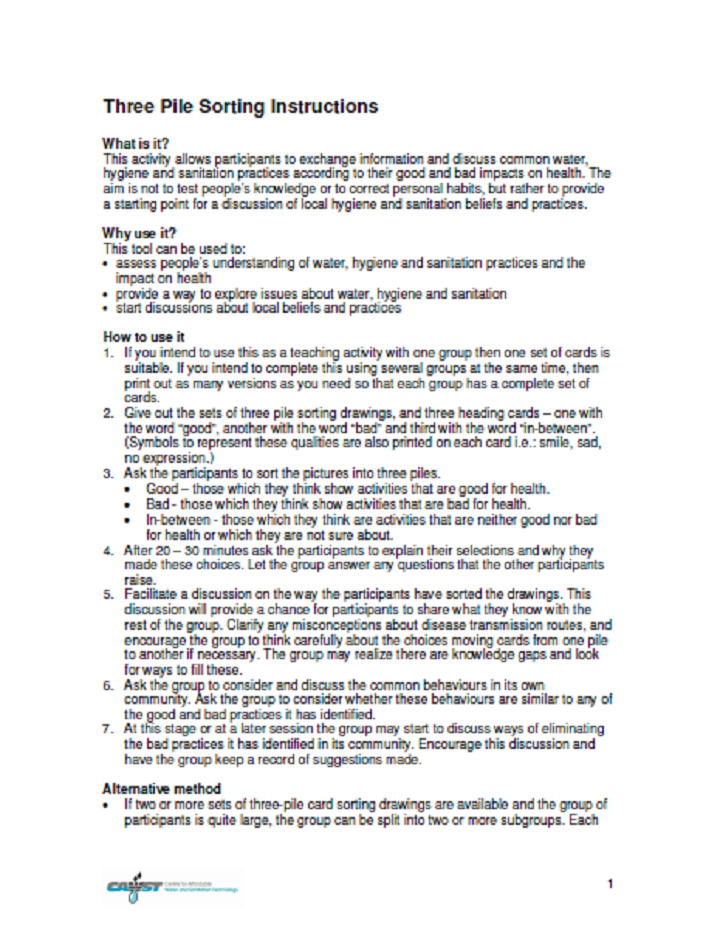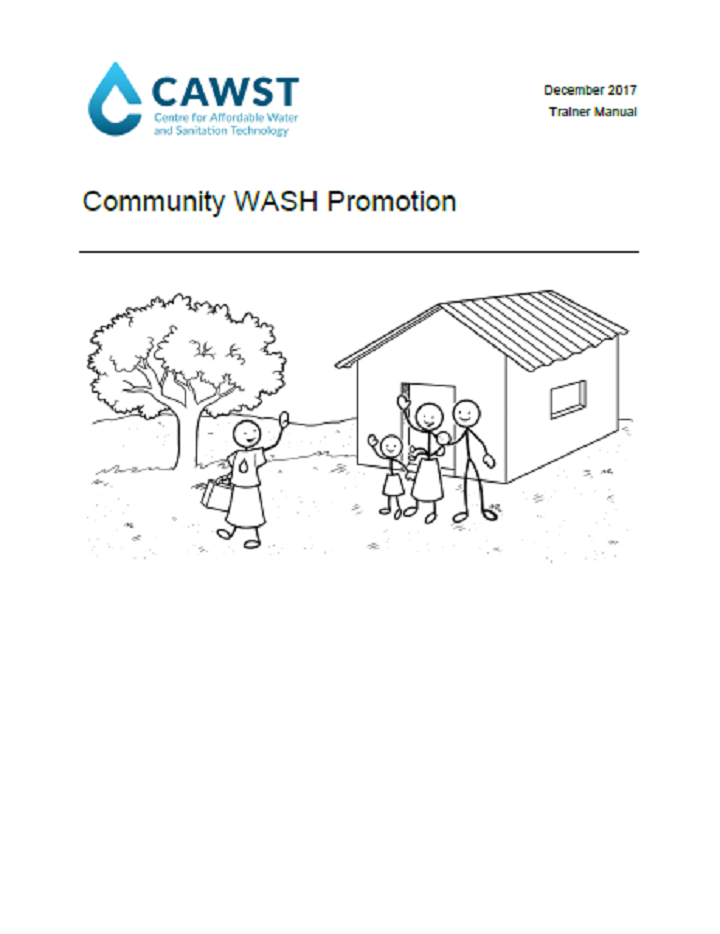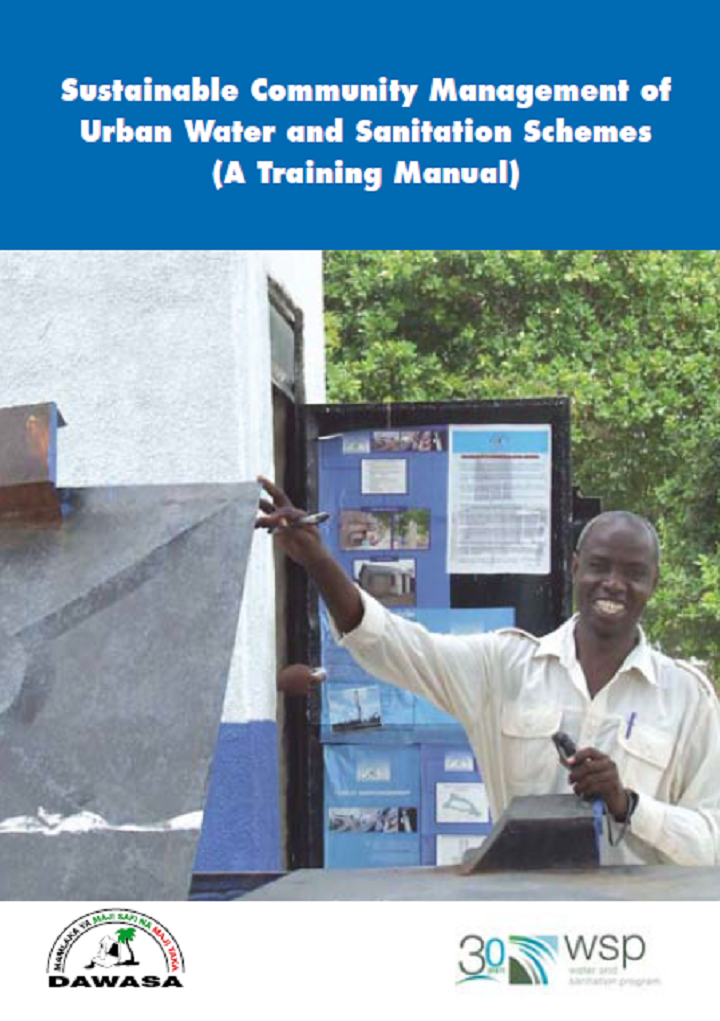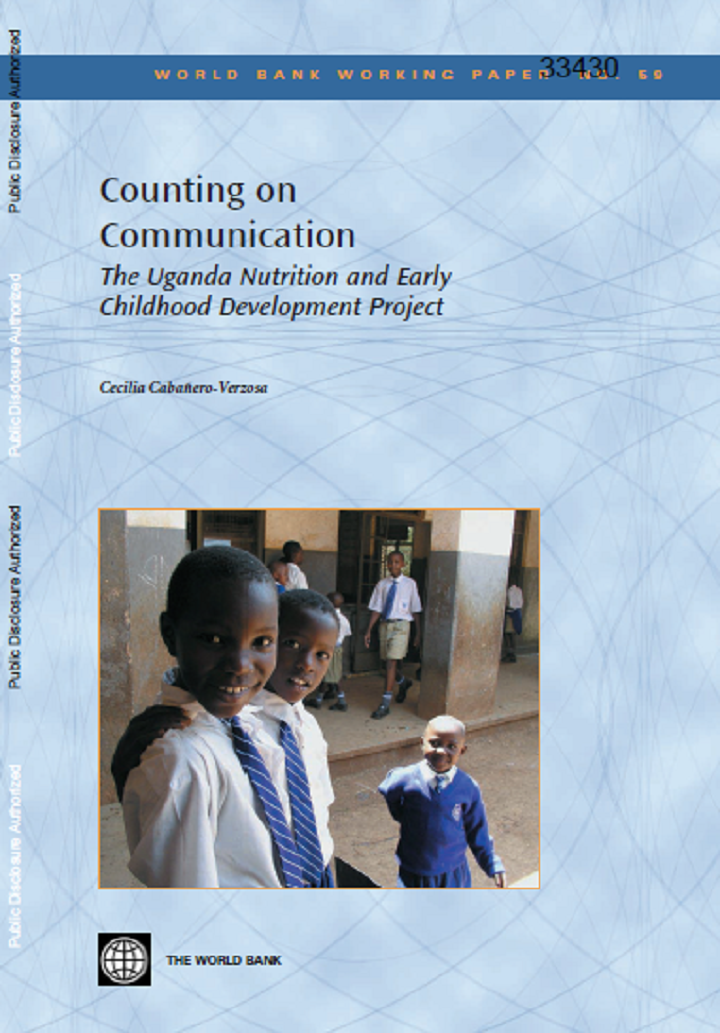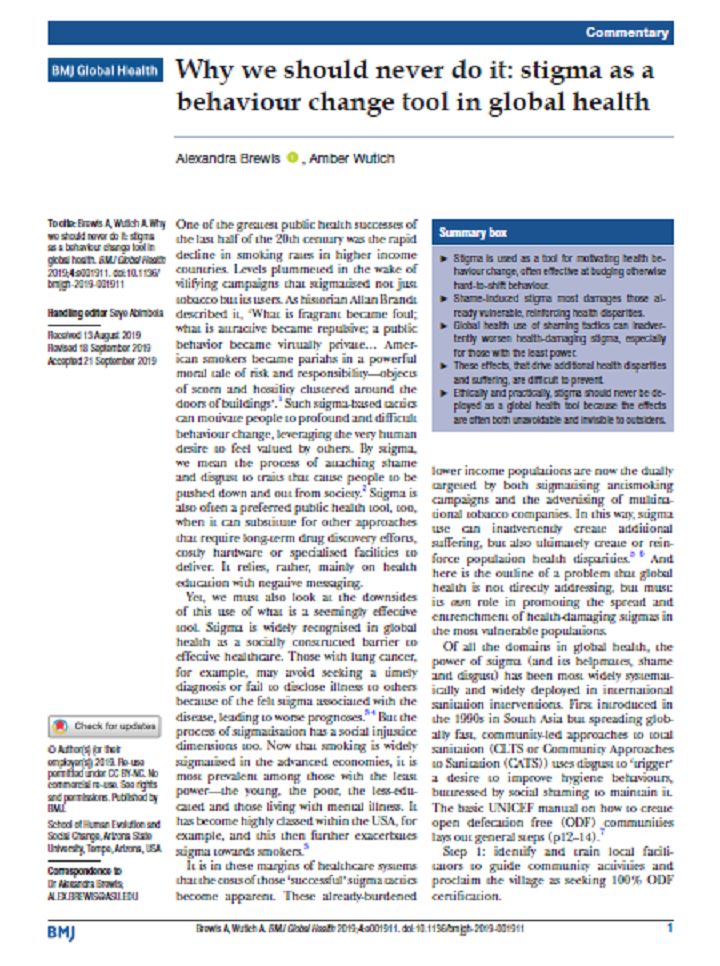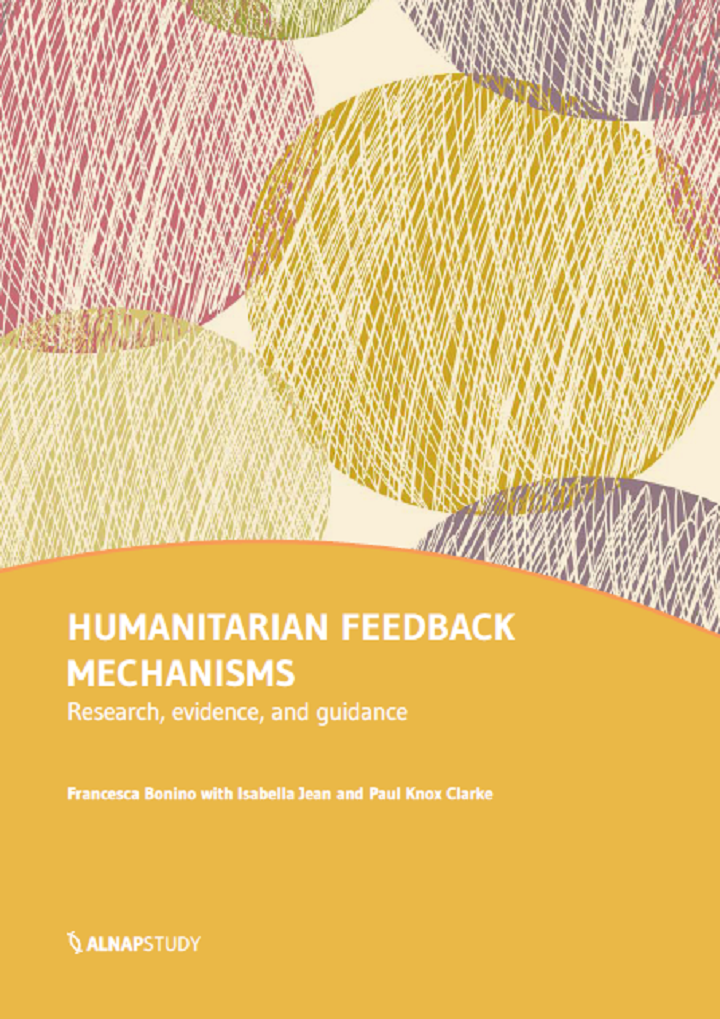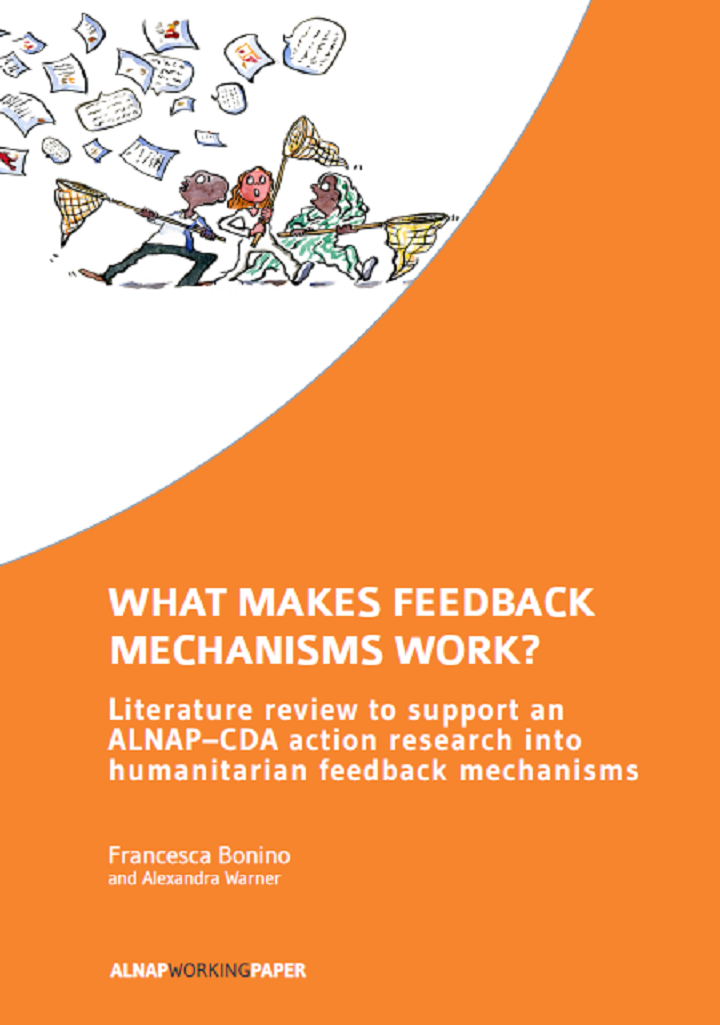Searching for information on Sanitation Workers?
The Sanitation Workers Knowledge + Learning Hub is the best source for all current news, trends, articles and updates on sanitation workers rights around the world.
An audience analysis is a process used to identify and understand the priority and influencing audiences for a SBCC strategy. The priority and influencing audiences are those people whose behavior must change in order to improve the health situation. A complete audience analysis looks at:
Socio-demographic characteristics such as sex, age, language and religion.
Geographic characteristics like …
Sanitation Matters!
The theme/slogan puts at centre-stage the various links and communicates a sense of urgency and immediacy. The theme is also “open-ended” and lends itself to creative visual and textual interpretation for expressing a multiplicity of individual/collective human emotions and contexts. The theme can also be interpreted relatively easily into different contexts, cultures and …
Despite great coverage in 2020 by messaging on lifesaving issues (COVID-19: 99% people, cyclone preparedness: 98% people) there are variations of level of access to information by sex, age, disability, and other vulnerabilities (JMSNA 2020). Restricted mobile and internet connection prevented people from receiving information as well as reporting problems. Reduced footprint of staff/volunteers …
Recently, Global Health practitioners, scholars, and donors have expressed increased interest in “changing social norms” as a strategy to promote health and well-being in low and mid-income countries (LMIC). Despite this burgeoning interest, the ability of practitioners to use social norm theory to inform health interventions varies widely.
Here, we identify eight pitfalls that practitioners …
This guide provides practical guidance for governments regarding how to effectively communicate with communities during the recovery phase following an emergency. It explains how to identify communication needs and presents best fit communication methods and strategies to deploy to support disaster recovery frameworks (DRF) and recovery strategies. For the purposes of this guide, recovery …
What is Crisis and Emergency Risk Communications (CERC)? The Centers for Disease Control’s (CDC) Crisis and Emergency Risk Communication (CERC) manual provides an evidence-based framework and best practices for anyone who communicates on behalfof an organization responding to a public health emergency.1 CERC is built around psychological and communication sciences, studies in the field of …
Analysis of the sanitation supply chain and household sanitation demand shows that growth in coverage can be stimulated by making sanitation products and services more available, attractive and affordable while at the same time overcoming the prevalent high-end facility preference.
Access to sanitation – the hygienic disposal of human excreta – has been largely achieved through the private sector supplying individual households. Evidence from what works indicates that development of the market is the only sustainable approach to meeting the need for sanitation in the developing world. This field note explains the marketing approach and suggests that it should be …
An analysis of the stakeholders of the proposed WSSS Improvement Investment Program has identified the individuals, groups and organizations that will be influenced by and affected by the water supply and sanitation services sub-projects.These stakeholders include: government ministries and agencies, provincial organizations, town residents at household-level, the private sector. The analysis …
The aim of this capacity building programme is to improve the efficiency and positive impact of urban, community-managed water and sanitation schemes. The manual was originally developed in collaboration with the Dar es Salaam Water and Sewerage Authority’s (DAWASA) Community Water Supply and Sanitation Program (CWSSP); but some of the material is applicable to other urban communities who may …
The Uganda Nutrition and Early Childhood Development Project was one of the World Bank's first projects to demonstrate the value-added of strategic communication. The strategic communication component developed for this project included the use of formative research about values and attitudes with respect to child rearing, in order to develop and test effective messages. The communication …
Several members of the Communicating with Disaster Affected Communities (CDAC) Network have recognised the need to work with rumours in their missions to prevent the loss of lives and alleviate suffering. Notably, Internews with their pioneering inter-agency model, the World Health Organisation and United Nations Office for the Coordination of Humanitarian Affairs have made considerable efforts …
Stigma is used as a tool for motivating health behaviour change, often effective at budging otherwise hard-to-shift behaviour.
Shame-induced stigma most damages those already vulnerable, reinforcing health disparities.
Global health use of shaming tactics can inadvertently worsen health-damaging stigma, especially for those with the least power.
These effects, that drive additional health …
Gathering and acting on feedback from affected communities is a key means to identify potential triggers for change during the design and implementation of humanitarian programmes. This study is focused on user-centred design (UCD), an approach often used outside the humanitarian sector to design products and services that are tailored to the needs and preferences of end-users and are created …
In 2012 ALNAP and CDA started collaborating on action research looking at feedback mechanisms in humanitarian contexts, to establish what makes them work effectively and to focus on bringing different stakeholders’ perspectives – particularly those of crisis-affected people – into the conversation. The case studies document the experience of three different agencies that use feedback …
This literature review supports a broader ALNAP and CDA initiative aiming at producing evidence-informed guidance for humanitarian agencies on ways to strengthen the effectiveness of mechanisms for gathering feedback from affected populations in humanitarian contexts. It focuses on two key questions: (1) why and how humanitarian agencies seek, process, and respond to feedback from affected …

